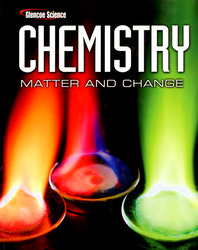1 A) Le Châtelier's principle B) Boyle's law C) Charles's law D) Dalton's law 2 2 (g) + O2 (g) → 2SO3 (g) at equilibrium, the removal of O2 would cause _______________.A) the concentration of SO2 to increase, and the concentration of SO3 to increase B) the concentration of SO2 to increase, and the concentration of SO3 to decrease C) the concentration of SO2 to decrease, and the concentration of SO3 to increase D) the concentration of SO2 to decrease, and the concentration of SO3 to decrease 3 2 (g) + O2 (g) → 2SO3 (g) + heat, at equilibrium, what will be the effect on the net amount of SO3 present if the temperature of the container is increased?A) The concentration of SO3 increases. B) The concentration of SO3 decreases. C) The concentration of SO3 remains the same. D) This question cannot be answered without knowing the value of Keq . 4 2 (g) + Cl2 (g) → 2HCl(g) + heat, what will be the effect on the equilibrium constant, Keq , if the pressure of the vessel is decreased at constant temperature?A) Keq increases B) Keq decreases C) Keq does not change D) The question cannot be answered without knowing the initial value of Keq . 5 2 (g) + 2H2 O(g) + heat → 4HCl(g) + O2 (g), which of the following will shift the equilibrium to produce more HCl?A) add more Cl2 B) lower the temperature of the reaction C) decrease the volume of the reaction vessel D) add more O2





